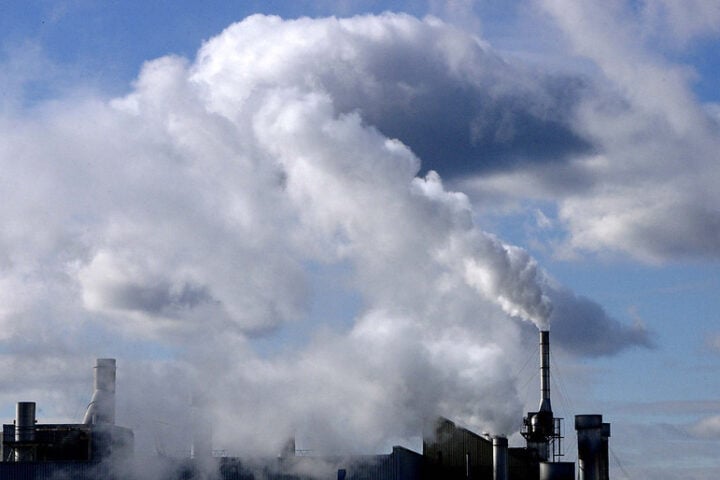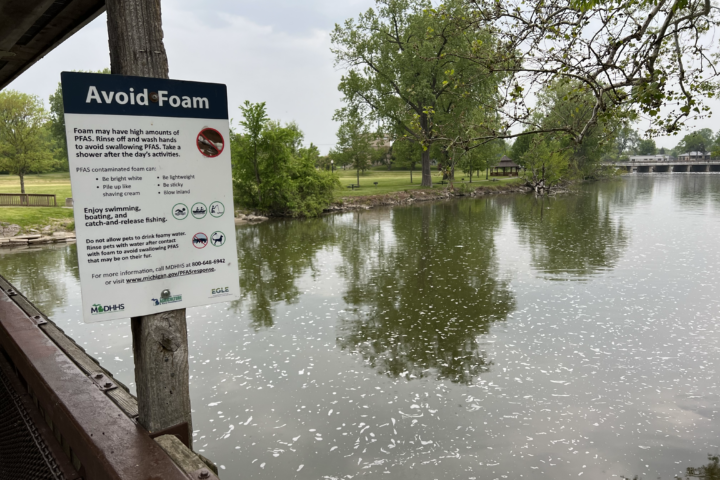A toxic train derailment occurred near the Ohio-Pennsylvania border on Feb. 3, 2023, causing evacuations of the nearly 5,000 residents of East Palestine, Ohio. The train was carrying hazardous materials, including vinyl chloride, butyl acrylate, ethylhexyl acrylate, ethylene glycol monobutyl ether, and isobutylene. The derailment caused a fire and resulted in toxic fumes being released into the area. A controlled release of gas allowed it to burn and prevented an explosion. Environmental officials say that continuing air monitoring hasn’t detected dangerous levels since the residents were allowed to return. Meanwhile, state officials cautioned residents to drink bottled water and evaluate their soil as they test private water wells. State leaders say the spill was largely contained, and the risks to people and animals are low.
Cause of the derailment
The National Transportation Safety Board said that a wheel bearing in the final stage of overheating failure moments before the derailment initiated the accident. Investigators examined the rail car and have surveillance video from a home that shows the event.
Safety concerns
The derailment raises questions about railroad safety. However, federal data indicate that accidents involving hazardous materials at this scale are rare. Trains were running past East Palestine again soon after the evacuation order was lifted. Despite this, some residents remain concerned about the long-term effects of even low-grade exposure to contaminants from the site.
Pollution concerns
The derailment resulted in pollutants spilling into some waterways, which were toxic to fish, but officials said drinking water remained protected. A plume of contaminants that included butyl acrylate formed in the Ohio River. The Ohio Environmental Protection Agency says the risk of contamination to cities relying on the river for their drinking water is low, and the plume is continuing to be diluted as it moves farther along. The Ohio Department of Agriculture recommended that people contact a local veterinarian for any concerns about their livestock or pets’ health.
Health impact concerns
Some residents complained of a stench in the air, burning in their eyes, and sick animals, worrying about the long-term effects of even low-grade exposure to contaminants from the site. Bruce Vanderhoff, the Ohio Health Department Director, said that residents who are worried about lingering odors or headaches since the derailment should know that those can be triggered by contaminant levels in the air that are well below what’s unsafe.
Legal action
Five lawsuits have been filed against Norfolk Southern, with each alleging the rail operator was negligent in its connection to the train derailment and the release of toxic chemicals. One of the lawsuits calls for the rail operator to set up health monitoring for residents living within 30 miles of the derailment site.
- Train Halts 2 Hours for Elephant Birth: India’s Strategy to Prevent 186 More Railway Elephant Deaths
- Deer Creek Fire Creates Rare Pyrovortex: 8,925 Acres Burned, 0% Containment, 5 Homes Destroyed Near Utah-Colorado Border
- Medical Transport Plane Crashes Seconds After London Takeoff
- 🔴 LIVE Extreme Weather Alert Central: Texas Evacuates 4 Counties, 3 Dead in West Bengal, 13 Jharkhand Districts on Alert
- 6.7 Earthquake Hits Indonesia’s Tanimbar Islands, No Tsunami Threat
Current Status
Environmental officials say that the air monitoring hasn’t detected dangerous levels in the area since residents were allowed to return. Meanwhile, state officials caution residents to drink bottled water and evaluate their soil as they test private water wells. Despite some residents’ concerns, state leaders say the spill was largely contained, and the risks to people and animals are low.













![Big city Los Angeles smog building [photo source: pixabay] [PDM 1.0]](https://www.karmactive.com/wp-content/uploads/2025/04/46-of-Americans—156-M—Now-Breathe-Hazardous-Smog-and-Soot-State-of-the-Air-Report-Exposes-Decade-High-Pollution-1.jpg)


